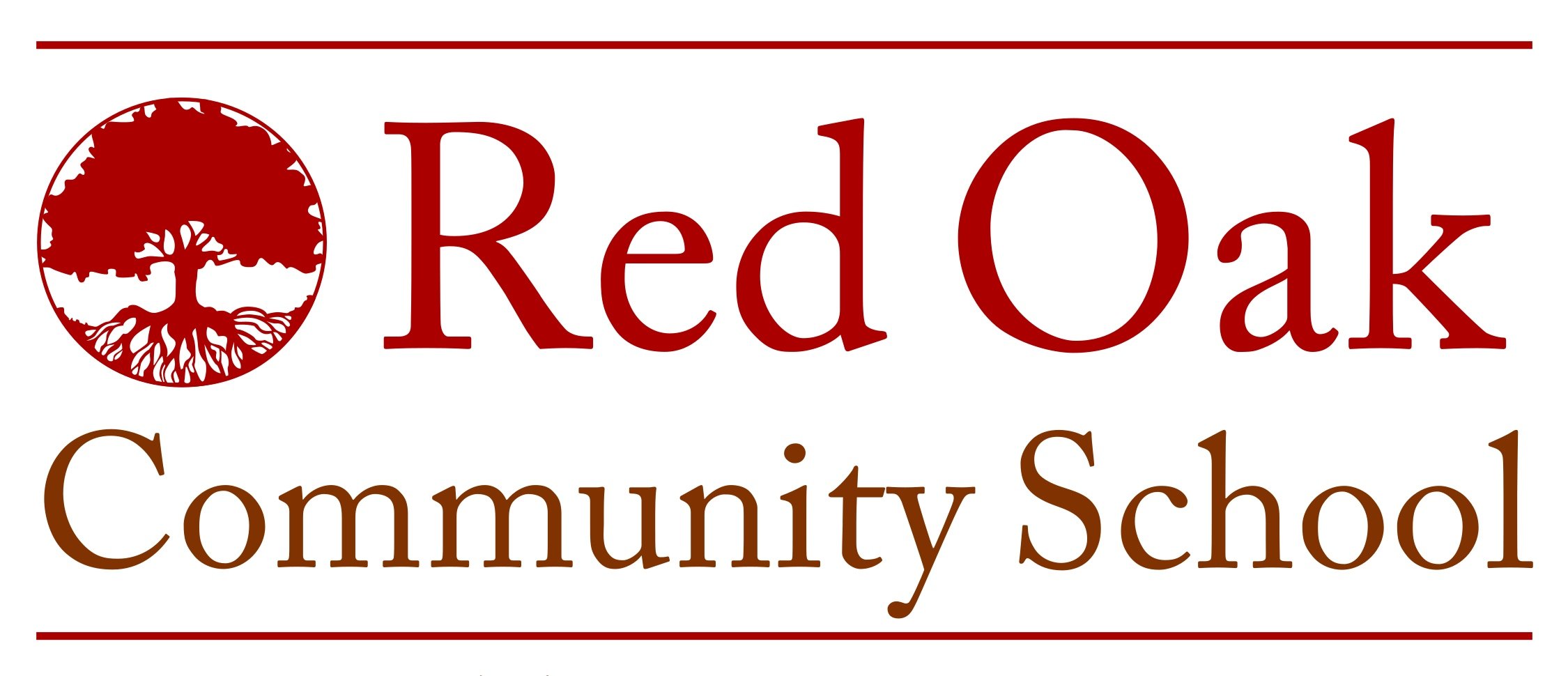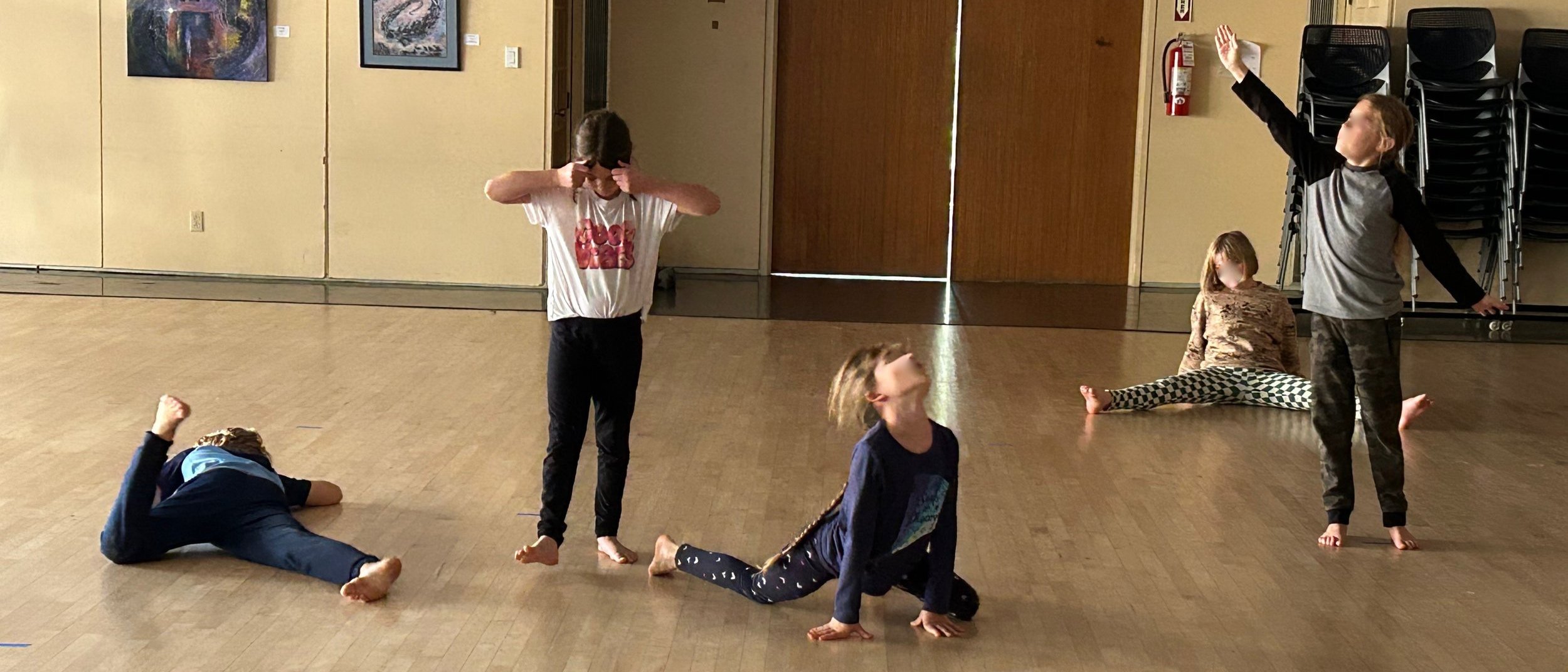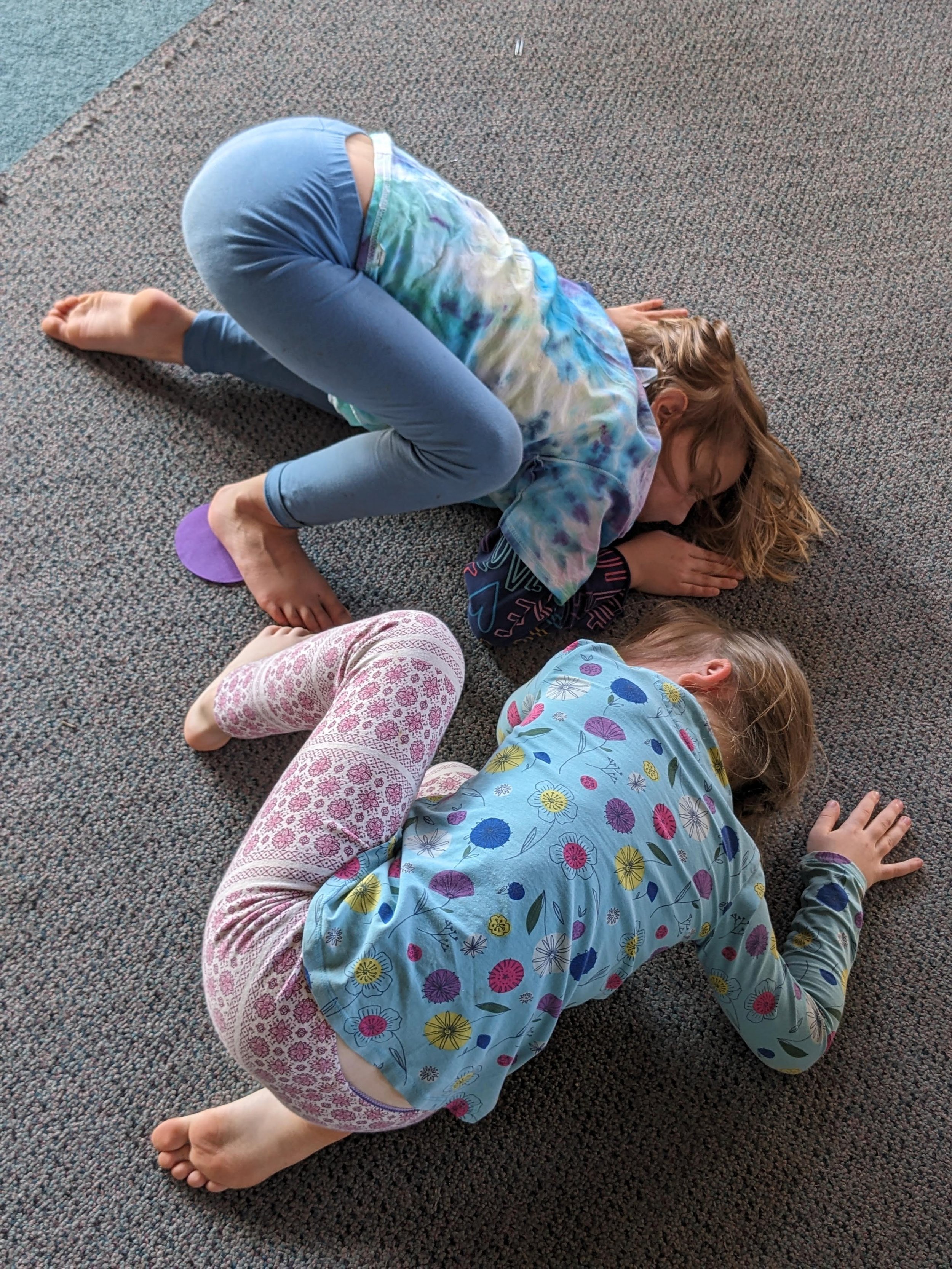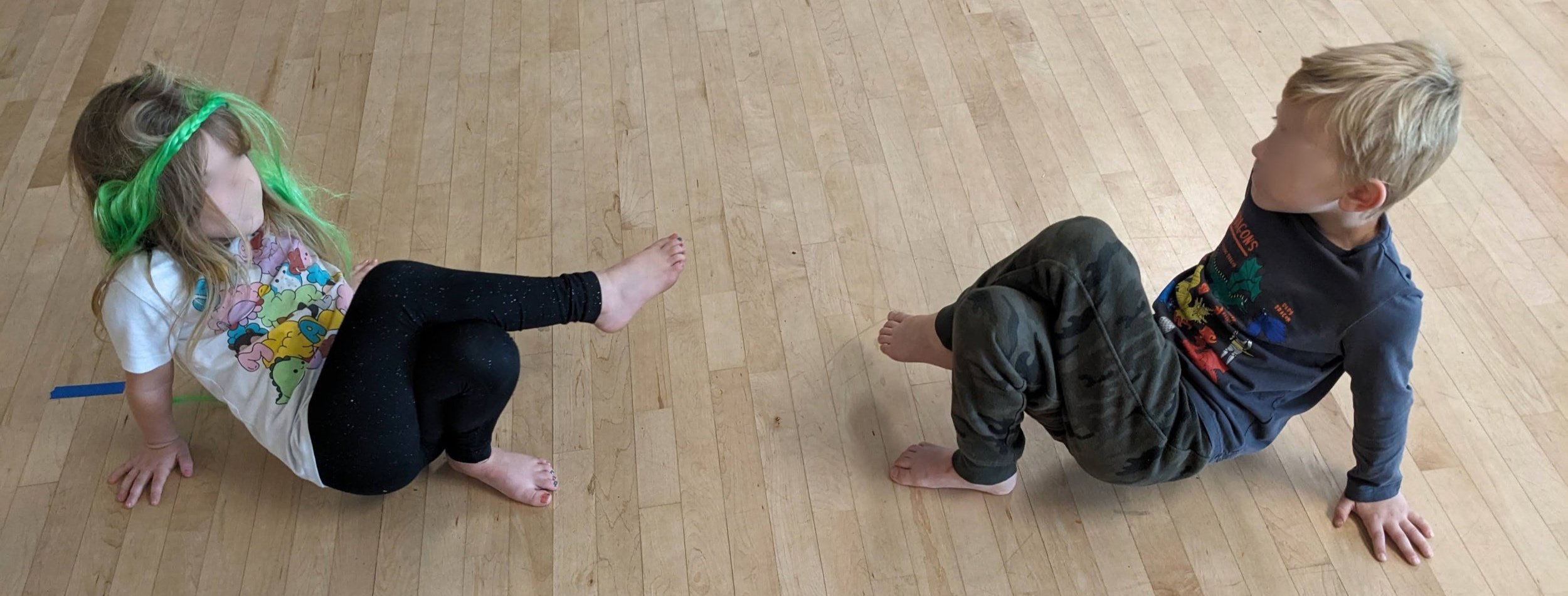Access is Love
How we move within in a space, how we move within our environment is not entirely our decision. It coincides with how the space was designed, how it exists either as an aid or a barrier to our movements. Often, too often, the world around us impedes a person’s ability to move as they need to move. It doesn’t consider that we are all different bodies, with a need to move different ways.
Last February, ROCS applied for the Ohio Arts Council, TeachArtsOhio Grant, with the hopes of bringing on Colleen as an Artist-in-Residence for a “year-long, school-wide arts residency that aims to encourage students to reflect on the role of arts as a tool for activism, specifically disability justice.”
Having been awarded the prestigious grant, Colleen and the entire ROCS cohort have done some amazing things: their collaboration with the Harmony Project (which will end this year with a combined performance, but continue on next year with a new collaboration); guests speakers Ingrid M. Kanics, and Jim Dziatkowics, both who speak to accessibility and inclusiveness in playground design; the teaching of sign language in Michelle’s Chickadee class; the dive into diversity within the science community in Bethany’s class, Colleen’s project Embody: Movement as a Tool for Justice. This isn’t a complete list; it’s simply to show that ROCS is taking this opportunity running.
I asked Colleen how she felt about the year thus far, and her project attached to the grant. To say she is grateful to be able to do the work, and to do it within Movement, is an understatement. It’s obvious she’s feels deeply about the subject of disability and the lack of work being done to address the issues surrounding it. Specifically, recognizing that everyone has different needs, needs that change, and needs that must be addressed and met by society.
Red Oak is no stranger to disability. With about a quarter of ROCS students identified as having disabilities, specifically with invisible disabilities, it’s not a new frontier. But taking these topics and addressing them in Movement classroom, well that’s something less familiar.
“One of the student’s asked, ’Are we talking about physically disabled or mentally disabled?” said Colleen when I asked her about invisible disabilities discussions with the kids.
“It’s giving some kids a little bit of connection. When we talk about it one kid might say, ‘Oh, this is how my brain works.’ And then another kid will say, ‘Oh! me, too!’ And with other kids it’s making them a little bit more aware. We’re all different, and the biggest thing is stressing that access is love. It’s always about an ongoing communication with everyone to make sure we understand that needs change and it’s important that everyone’s needs are met.”
What does that look like in Movement?
“What it comes down to is that each student can find a gesture as to how it feels, bringing it into the physical, bringing it into the visual. Taking something that is invisible and making it visible in a physical form. Which is pretty powerful because it’s what THEY feel - it’s not anything else, it’s not ‘this is this’ – “This is how I’m experiencing it and this is how it feels in this moment and it can change at any time.”
Embody: Movement as a Tool for Justice has three sections: Identity, Barrier, and Accessibility. Each has some questions that students work through within class.
Identity asks questions like: Who am I? And based on that, how does my body move?
Barrier asks: How does it feel in the body when there is not access? When you’re excluded? When your kind of stuck?
Accessibility asks: What does it look like to be open, to feel collaboration? How does shift in the body?
Imagine “bound shapes, tension filled muscles” moving towards “openness and gestures of reaching out towards each other.” Imagine move maps, shadowing exercises, and a deep dive into the skeleton and brain, to then swim out and into “thinking about movement as an inclusive space for expression, connection and advocacy.”
There is a lot here, and words don’t really do justice to the scenes I imagine playing out in class.
The whole point of this is to show we’re all different. To show we all see things differently. To show that all bodies “need to be who we are. From there, how do we work together, how do we include everyone? This is very much what inclusion looks like, with our bodies.”
To be inclusive, we must also ask, “How do we work together so we can all participate?” It requires a dismantling of certain ideas that can take time and effort to break down. For example,
“With the younger kids there was a lot of focus on, ‘Well you know, they can just bring their own ramp with them.’ (Colleen and I laughed quite a bit on that one.) But you know, it’s an innocent idea. Shifting the perspective away from, ‘this is good, this is normal and then everything else needs to find a way to fix itself’ to, ‘No, it’s not up to the disabled person to find their own solutions to these problems. It’s up to society to makes these changes.”
Colleen and the staff have utilized a load of resources, including children’s books like We Move Together (the backbone of this year’s social justice focus), Winnie the Witch, and Skin Again. Videos such as ‘Physically Being Me - Six Stories from Deaf and Disabled Dancers,’ and ‘Making Contemporary Dance Inclusive for All.’ In the spring, Colleen plans to do lead a professional development workshop for ROCS staff based on the work of Alice Sheppard, Kinetic Light, “an internationally-recognized disability arts ensemble. Working in the disciplines of art, technology, design, and dance, Kinetic Light creates, performs, and teaches at the nexus of access, queerness, disability, dance, and race.”
There is still quite a bit of time left in the year. It is exciting to think of the progress being made and of what is still to come. Additionally, after the Movement performances in May at ROCS fest, there is desire to keep the conversation going.
“As a group we realized there is the ability to go a lot deeper with this and think about this next year. What we want to continue on is whose stories are told and intersectionality and really honing on those multiple identities we all have and how those are represented in media, texts and even in the gaming world.”
-Celeste Irving, ROCS parent





